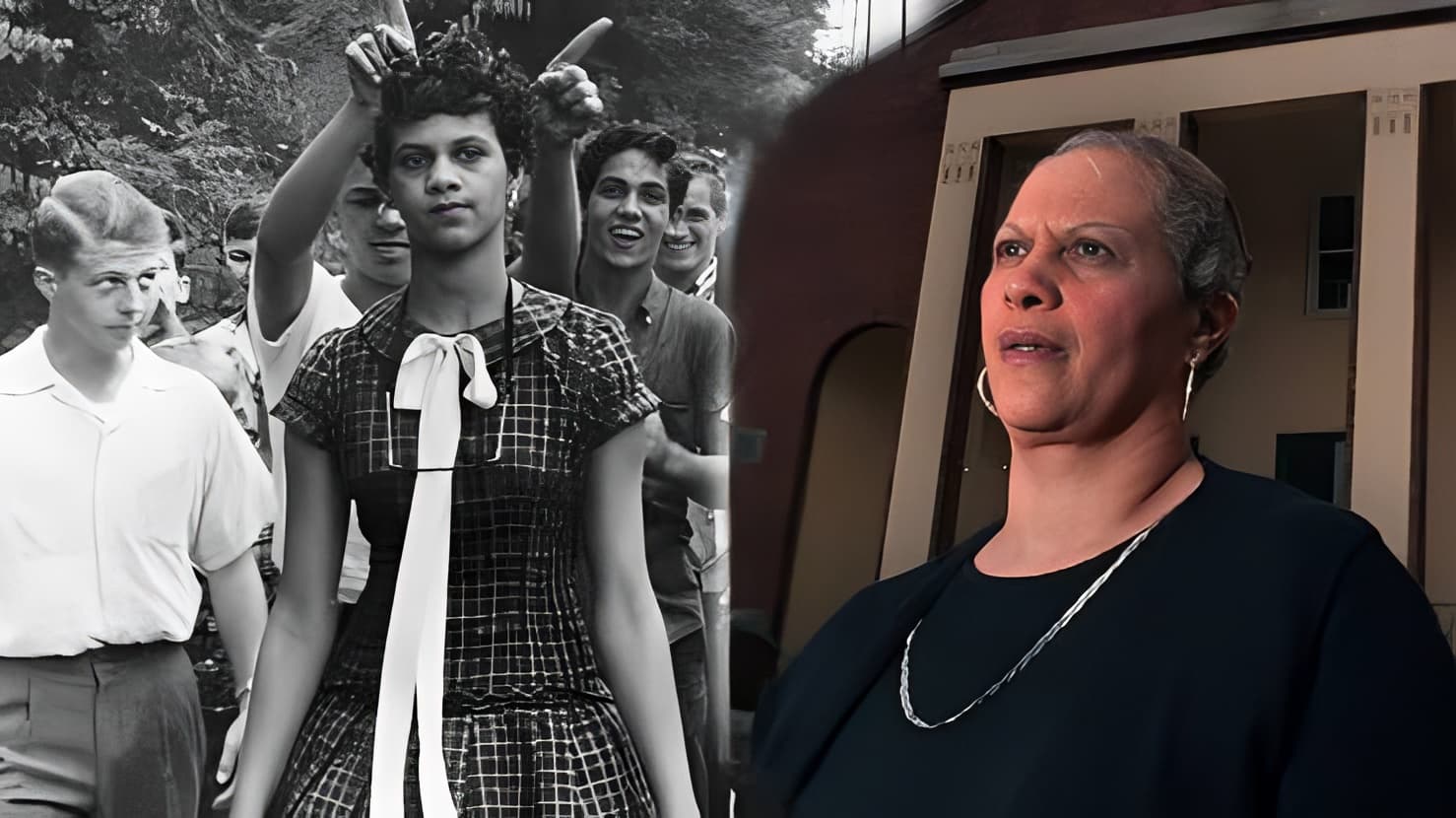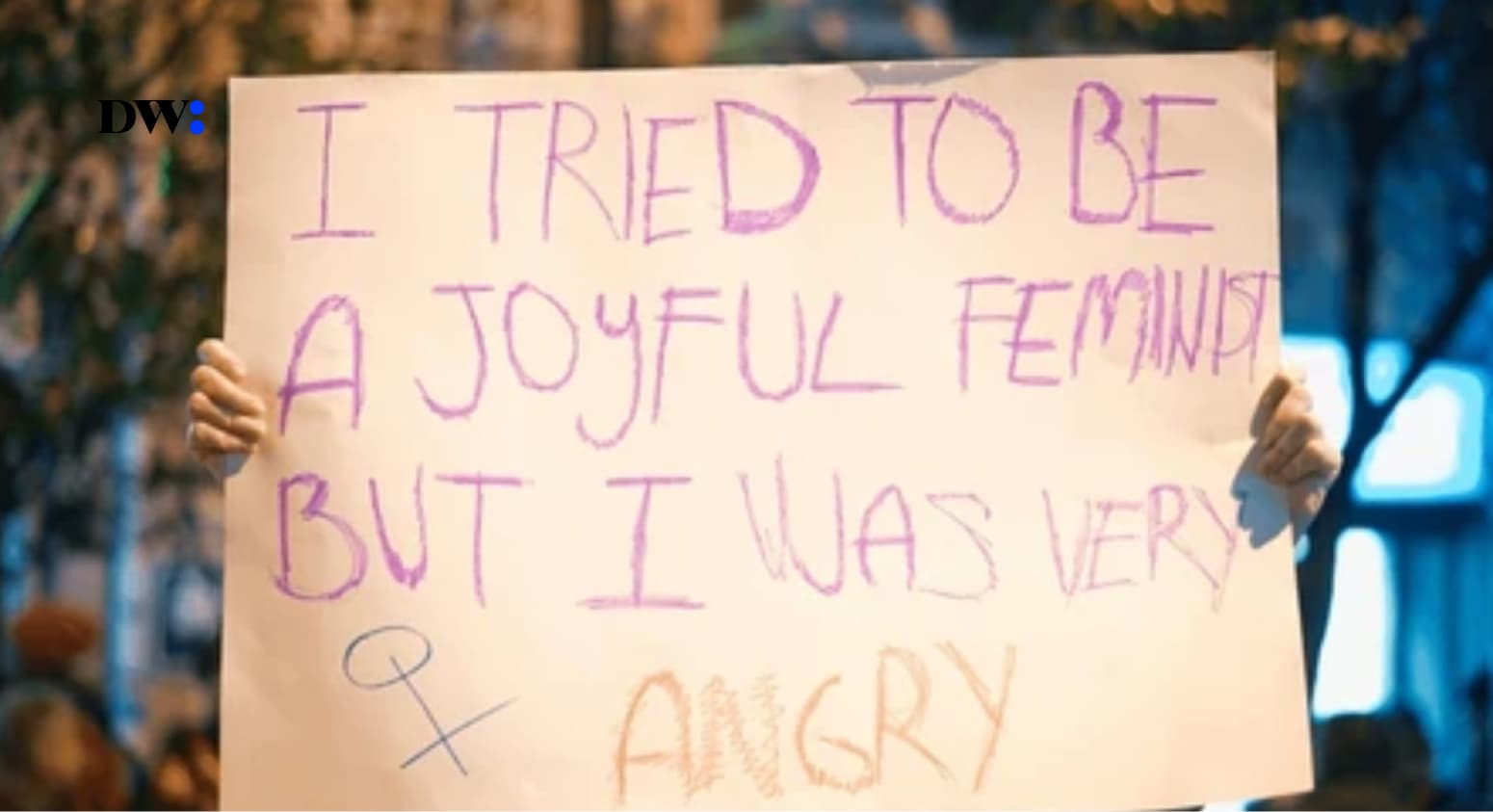Dorothy Counts made national news in September 1957, when at the age of 15, she became one of the first and, at the time, the only black student to enrol in the newly desegregated Harry Harding High School in Charlotte (North Carolina).
This came nearly three years after the Supreme Court ruled public school segregation unconstitutional in Brown v. Board of Education.
On the cold autumn morning of 1957 in Charlotte, North Carolina. Dorothy walks to school. The leaves in the trees have turned brown and the air is thick with cold anticipation and fear. It’s very easy to think that Dorothy did not know what to expect as she approached Harry Harding high school on her first day, but as a 16-year-old growing up in segregated America we might have reason to believe she did.
Dorothy was greeted by a mob of white schoolboys and a few girls screaming at the top of their voices. It sank in that they were not quite happy that a black girl was joining them in their school when the first stone was hurled at her. Some of the girls attempted to spit on her.
There were roughly 200 to 300 people in the crowd, mostly students. The harassment started when Emma Marie Taylor Warlick, the wife of John Z. Warlick, an officer of the White Citizens Council, urged the boys to “keep her out” and at the same time, implored the girls to spit on her, saying: “Spit on her, girls, spit on her.”
She managed to dodge the stones that were flying towards her and entered the school. A few days went past and the mob in front of the school didn’t grow any smaller. They brought placards with phrases like “Go back to Africa” and “You don’t belong here”.
Photographer Douglas Martin won the 1957 World Press Photo of the Year with an image of Counts being mocked by a crowd on her first day of school.
Dorothy was born on March 25, 1941, as one of four children to Herman L. Counts Sr. and Olethea Counts. She was the Counts’ only daughter.
In 1956, 40 black students applied to transfer to a white school after the Pearsall Plan— proposing racial integration at schools—was passed. Dorothy was one of four black students enrolled in Harry Harding High School.
She made two new friends in the few weeks she spent at Harry Harding High School. Two white girls who spent most of the time they spent with Dorothy consoling her and dodging snide remarks and attacks from their schoolmates.
Dorothy later left Harry Harding, following harassment faced by her parents and death threats and calls from people who thought she was too dark to attend a school for white children even though in 1956, North Carolina had passed a law to desegregate schools across the state.
Once, she saw a crowd surrounding the family car and the back windows had been broken. Dorothy told her family about the harassment that had occurred at school and her father called the superintendent and the police department to share with them what had happened.
The superintendent told the family he was not aware of what was happening at Harry Harding High School, and the police chief said that they could not guarantee her protection. After having this conversation, her father decided to take her out of the high school.
He said in a statement:
“It is with compassion for our native land and love for our daughter Dorothy that we withdraw her as a student at Harding High School. As long as we felt she could be protected from bodily injury and insults within the school’s walls and upon the school premises, we were willing to grant her desire to study at Harding.”
Dorothy read about the children like her in Philadelphia although they walked into the all-white high school in a group of 9 and were escorted by soldiers. Her parents sent her to a school out of state.
She returned a few years later and went to college in 1965. By then, the civil rights movements and desegregation had made it so she wouldn’t be harassed by white mobs on her way to classes. Counts then graduated from Allen School and returned to Charlotte to go to Johnson C. Smith University, where she earned her degree in Psychology in 1964.
After graduating from college, Counts then moved to New York, where she got a job working with abused and neglected children. She then moved back to Charlotte and did non-profit work with children who came from low-income families. She remains active with her alma mater and is an advocate for preserving the history of Beatties Ford Road.
Dorothy might not have thought her and her parent’s choice to apply to Harry Harding was anything but deciding to go to a good school with better amenities. It would be considered an act which aided the civil rights movement and make black children going to all schools around America possible.





